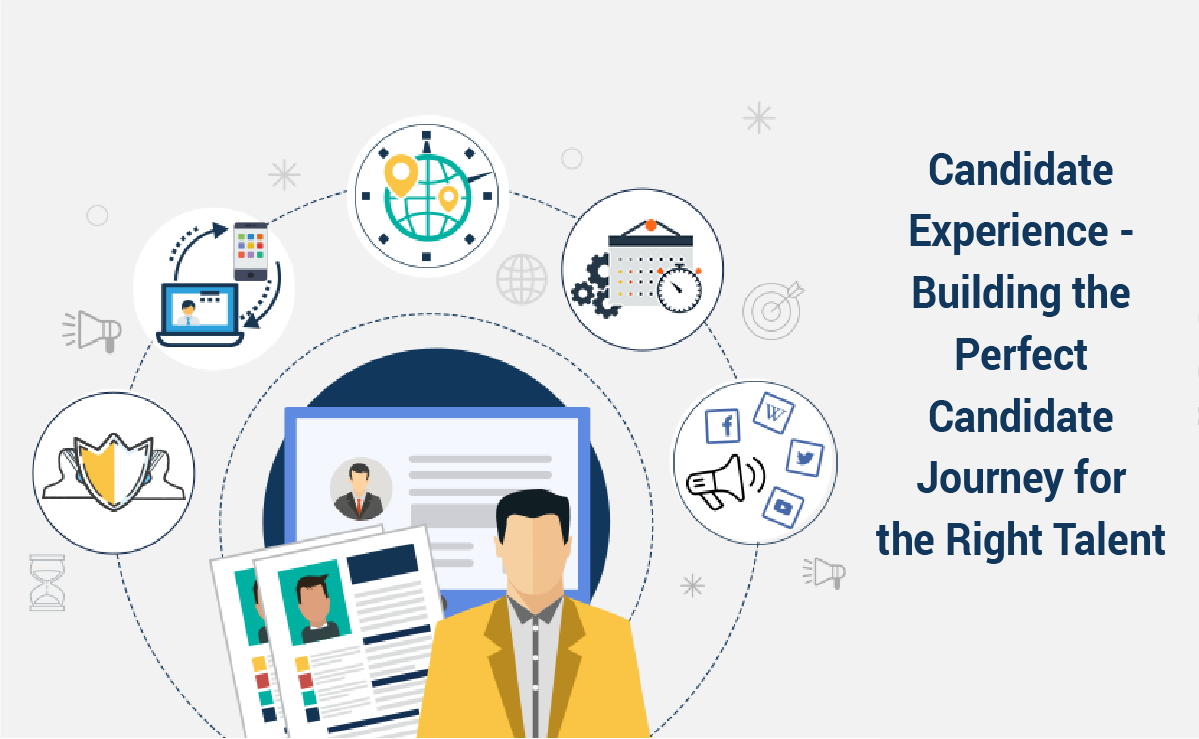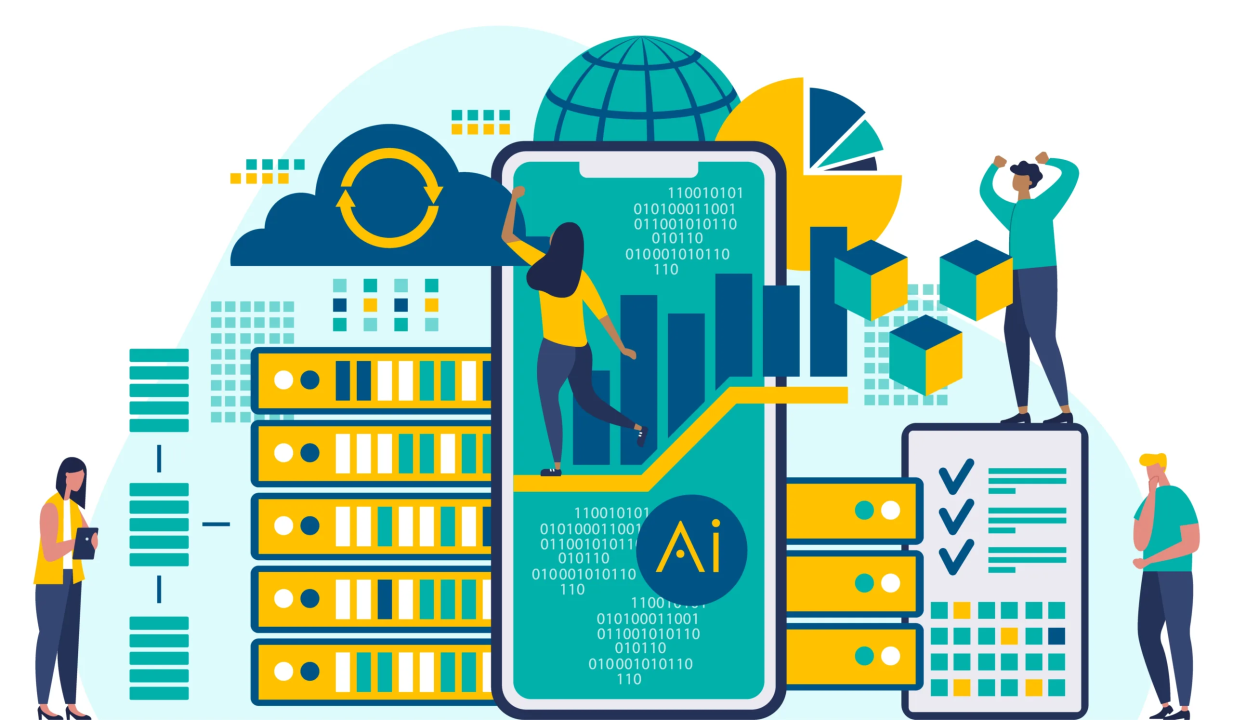Introduction:
In today’s rapidly evolving business landscape, the gig economy has emerged as a transformative force, reshaping traditional notions of employment and workforce dynamics. With the rise of freelancing platforms and remote work opportunities, organizations are increasingly relying on freelance talent to meet their business needs. While the gig economy offers unparalleled flexibility and autonomy for workers, it also presents unique challenges in terms of accountability and performance management. In this blog post, we’ll explore the concept of an accountable workforce in the gig economy and discuss strategies for balancing autonomy and accountability effectively.
Understanding the Gig Economy:
The gig economy, also known as the freelance or on-demand economy, refers to a labor market characterized by short-term, flexible work arrangements. Instead of traditional full-time employment, individuals work as independent contractors or freelancers, offering their services to businesses on a temporary or project-based basis. This trend has been fueled by advancements in technology, which have facilitated the seamless connection between businesses seeking talent and individuals offering their skills and expertise.
Challenges of Accountability in the Gig Economy:
While the gig economy offers numerous benefits, such as flexibility and access to a diverse talent pool, it also presents challenges in terms of accountability and performance management. In a traditional employment setting, employers have more direct oversight and control over their workforce, including monitoring performance, enforcing policies, and ensuring accountability. However, in the gig economy, freelancers often work remotely and autonomously, making it more challenging for organizations to track and manage their activities effectively.
Strategies for Balancing Autonomy and Accountability:
Clearly Define Expectations: Establish clear expectations and deliverables for freelance projects, including deadlines, milestones, and quality standards. Communicate expectations upfront to ensure alignment and clarity between freelancers and clients.
Implement Performance Metrics: Develop key performance indicators (KPIs) and performance metrics to track the progress and success of freelance projects. Monitor metrics such as project completion rate, client satisfaction scores, and adherence to deadlines to evaluate performance and accountability.
Foster Open Communication: Maintain open and transparent communication channels with freelancers to facilitate collaboration, feedback, and problem-solving. Encourage freelancers to proactively communicate challenges, seek clarification, and provide updates on project status to ensure accountability and alignment with project goals.
Provide Feedback and Recognition: Offer regular feedback and recognition to freelancers for their contributions and achievements. Recognize exceptional performance, provide constructive feedback on areas for improvement, and celebrate milestones and successes to motivate and engage freelancers.
Establish Clear Contracts and Agreements: Develop clear and comprehensive contracts or service agreements outlining project scope, deliverables, timelines, payment terms, and performance expectations. Clearly define roles, responsibilities, and obligations to mitigate misunderstandings and disputes.
Invest in Training and Development: Provide freelancers with access to training, resources, and professional development opportunities to enhance their skills and capabilities. Invest in ongoing learning and skill development to ensure freelancers remain competitive and deliver high-quality work.
Conclusion:
Balancing autonomy and accountability in the gig economy is essential for fostering a culture of responsibility, trust, and performance excellence. By clearly defining expectations, implementing performance metrics, fostering open communication, providing feedback and recognition, establishing clear contracts, and investing in training and development, organizations can effectively manage freelance talent and ensure accountability in their workforce. By embracing these strategies, businesses can maximize the benefits of the gig economy while minimizing risks and challenges, ultimately driving success and innovation in today’s dynamic business environment.




















